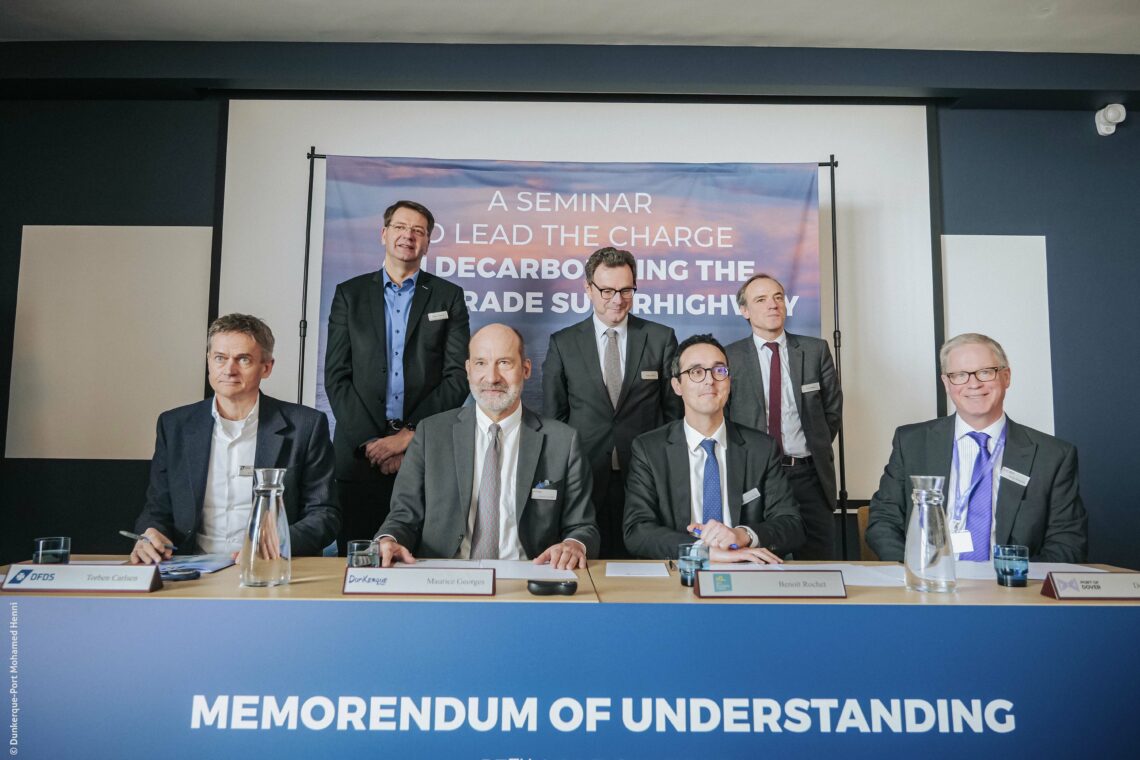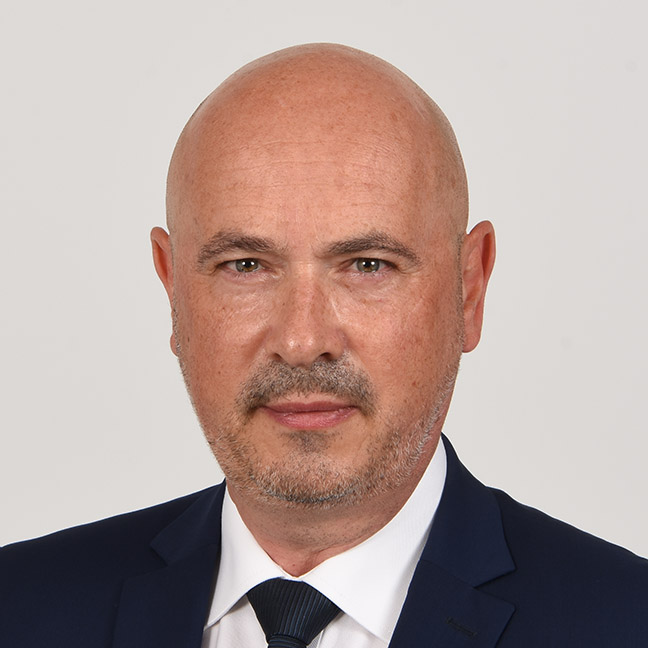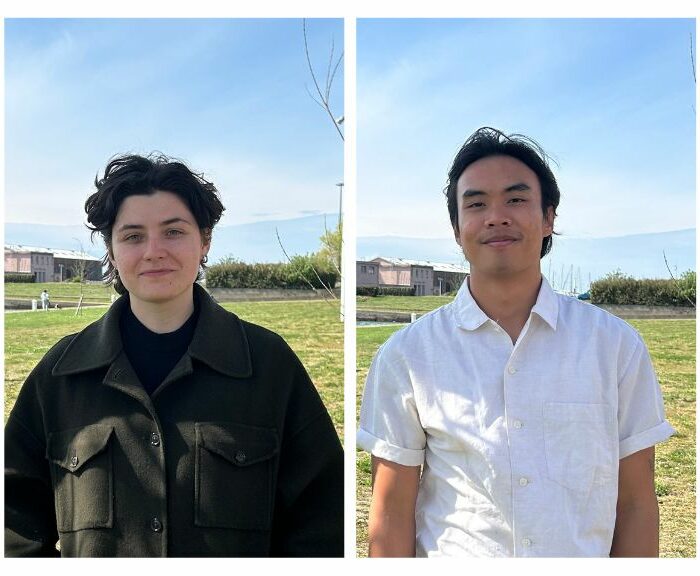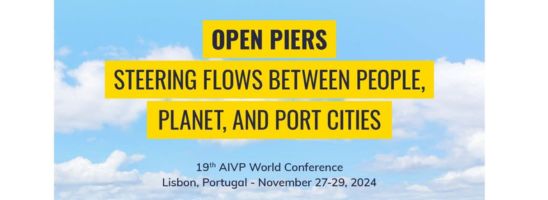You currently have two initiatives aimed at decarbonizing the maritime industry. What are they?
The first initiative involves creating a green corridor between the ports of Dunkirk, Calais (France), and Dover (UK). It’s a zero-carbon cross-Channel trade route between the strait ports, in partnership with Europe’s leading ferry operator DFDS. We signed a Memorandum of Understanding (MoU) a few months ago. DFDS will be designing, building, and operating electric ferries. While the partner ports of Dover, Calais, and Dunkirk will be deploying the electric infrastructures needed to recharge ferries during commercial operations. Then there is the business model – the ferry operating model aims to limit port turnaround times to no more than 40 minutes. That’s currently the absolute minimum, given the size of the ships. For the electric ships, it includes embarkation and disembarkation operations, plus recharging. DFDS is looking to get the balance right between the ship size and time spent dockside. Smaller ships make for shorter turnaround times, as embarkation and disembarkation are quicker, but it leaves less time for recharging.

The technology is currently being optimized. It’s about finding the right balance between the environment, technological, and business models. DFDS, Dunkerque-Port and the naval architect are all working together. The operator aims to launch a prototype by 2029-2030.
For cross-Channel routes, apart from the port authorities and DFDS, are you also in touch with the local authorities or other stakeholders in your ecosystem?
Dunkerque-Port is talking to RTE and Enedis about sourcing power, and all of the logistics operators about the supply chain aspect, in particular the way multimodal facilities are organized. We are aiming to grow our activity and deliver modal shift. Combined transport operations are being deployed in Calais. And in Dunkirk, a terminal will be operational by the end of 2025.
The partnership was signed in March 2023. What’s the current situation?
Dunkerque-Port is carrying out preliminary studies to provide shore power to the wharves used by DFDS. The Port of Dunkirk was one of the first in Europe to install shore power, also known as cold ironing, and the next step is to provide recharging for electrically-powered vessels.
Do you intend to focus on ferries, or will you be expanding your ambitions to include other types of vessels or lines?
By definition, cross-Channel ferries have short rotations. A ferry arrives and departs every two hours between Dunkirk and Dover, twenty-four hours a day, seven days a week. That high frequency and busy traffic mean the scale of the investment is justified. Currently, the technology is not yet capable of sending vessels further than the other side of the Channel, to Ireland for example, which is another of the routes DFDS operates from Dunkirk. For the moment there’s no prospect of it being used for other journeys.
What originally inspired this project?
DFDS is openly committed to decarbonizing its ferry routes, and it ultimately took a big step. It’s the only ferry company with operations in all three ports. Others are looking into the possibility of using LNG, but DFDS wanted to go electric. DFDS has already equipped its vessels with scrubbers to capture emissions of fine particulates, especially sulfur. With its plan for zero-carbon ferries by 2030, the operator is aiming to go a step further in trialing and rolling out electric vessels.
Dunkerque-Port has teamed up with DFDS to support the transition to a decarbonized maritime and port sector.
Are you working together with the ports of Dover and Calais in other areas?
We share best practices. We began collaborating more closely when the UK left the European Union. Brexit was a trigger for the three ports to work together on customs, border control, and veterinary and phytosanitary controls. It also forced a rethink of the cross-Channel business model, based on quicker loading, unloading, and removal of goods. We had to look closely at the way turnarounds are organized and how long they take.
What is your second initiative?
For our second initiative, we are partners but with a more secondary role. The aim is to establish one of the first zero-carbon transatlantic routes, between the Caribbean and continental Europe. Dunkirk is now France’s number one port for imports of tropical fruit and vegetables.
CMA CGM has operated the route between Martinique, Guadeloupe, and the port of Dunkirk for the supply of tropical fruit for 25 years running now, with the support of its shipper customers. The route was then extended to Latin America, in particular Colombia and Costa Rica.
CMA CGM aims to create a new low-carbon route by building and operating seven new ships powered by biogas. The first vessels are due to be delivered in stages in 2024.
What is the port of Dunkirk’s role in this initiative?
We are playing an active part in efforts to decarbonize the shipping industry. The whole local logistics chain is preparing for the changes that lie ahead. Logistics operators and investors at the port of Dunkirk have ploughed funds into meeting logistics and handling requirements: unloading containers, quality control, repacking, etc., and then delivery to ripening facilities. Operators are preparing to receive additional volumes as the ships being built will be capable of carrying around 20% more cargo. That will require more reefers (refrigerated containers) and electric infrastructures.
The attraction of this route is that transshipment means we can reach other parts of the Caribbean, like Guiana, and by extension the whole periphery in the Caribbean and Latin America, Ecuador, Brazil…
Is there a willingness to decarbonize the second part of the supply chain? Once the ships have arrived in Dunkirk, what are the next links in the modal chain (electric trucks, rail, etc.)?
Road hauliers are gradually investing more and more in vehicles that run on alternative fuels like LNG or B100. The same is true of electric trucks, with increased EV ranges meaning goods can now be transported over short distances. After that, rail freight – including rolling highways (where trailers are loaded onto trains) – is a solution for the future. We are looking closely at it, particularly for managing temperature-controlled logistics between Dunkirk and France’s main food industry distribution platforms.





